
What does nutrition look like around the world?

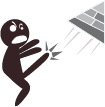
“Food pyramids” provide the suggested foundations of our diets. Even though most people are familiar with the USDA Food pyramid, each country actually has their own food pyramids!
For the U.S., people generally hated the Food Pyramid and found it confusing and misleading, so in 2011, “MyPlate” replaced the U.S. Food Pyramid as the official guide on essential food groups and portion sizes for the american diet! So before we look at what other country food pyramids look like, let’s take a look at the foundations of the U.S. diet!
 = Cup (8oz), for daily serving size calculations.
= Cup (8oz), for daily serving size calculations.
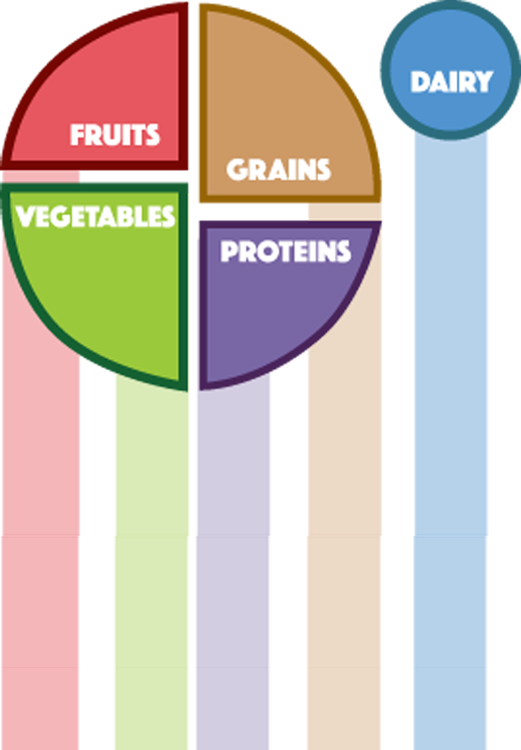




Consuming dairy products provides health benefits – especially improved bone health. Foods in the Dairy Group provide nutrients that are vital for health and maintenance of your body. These nutrients include calcium, potassium, vitamin D, and protein.




Dietary fiber from fruits, as part of an overall healthy diet, helps reduce blood cholesterol levels and may lower risk of heart disease. Fruits are sources of many essential nutrients that are underconsumed, including potassium, dietary fiber, vitamin C, and folate (folic acid).


 to
to 


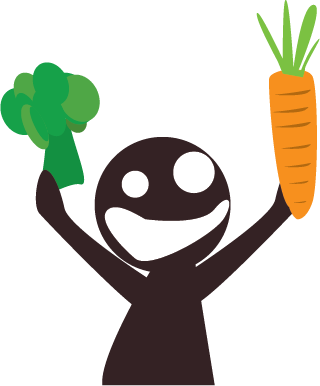
Vegetables are important sources of many nutrients, including potassium, dietary fiber, folate (folic acid), vitamin A, and vitamin C. Eating a diet rich in vegetables may reduce risk for stroke, cancer, heart diseases and type-2 diabetes.



Proteins function as building blocks for bones, muscles, cartilage, skin, and blood. They are also building blocks for enzymes, hormones, and vitamins. Proteins are one of three nutrients that provide calories (the others are fat and carbohydrates).


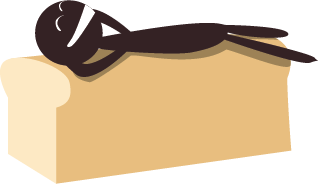
Most Americans consume enough grains, but few are whole grains. At least half of all the grains eaten should be whole grains. Dietary fiber from whole grains or other foods is important for proper bowel function and helps reduce constipation and diverticulosis.
But wait, how is the healthiness determined?

Unfortunately, just because something is in a food group does not make it a healthy food item...
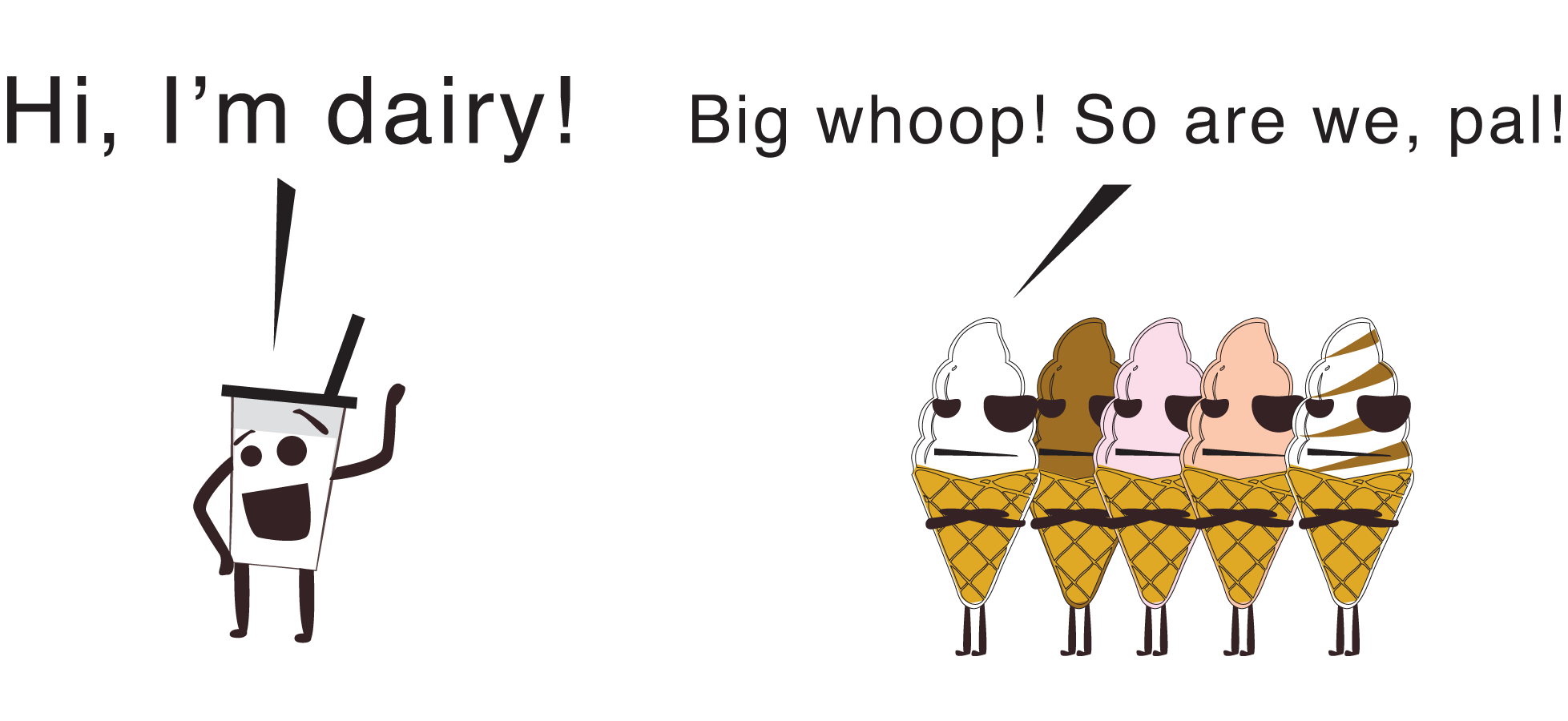
So what are healthy and unhealthy food items?
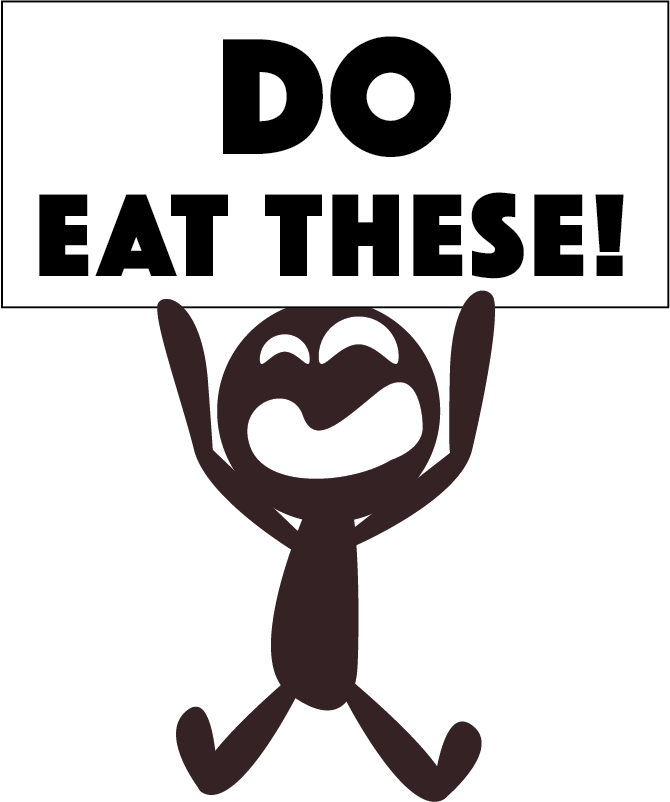
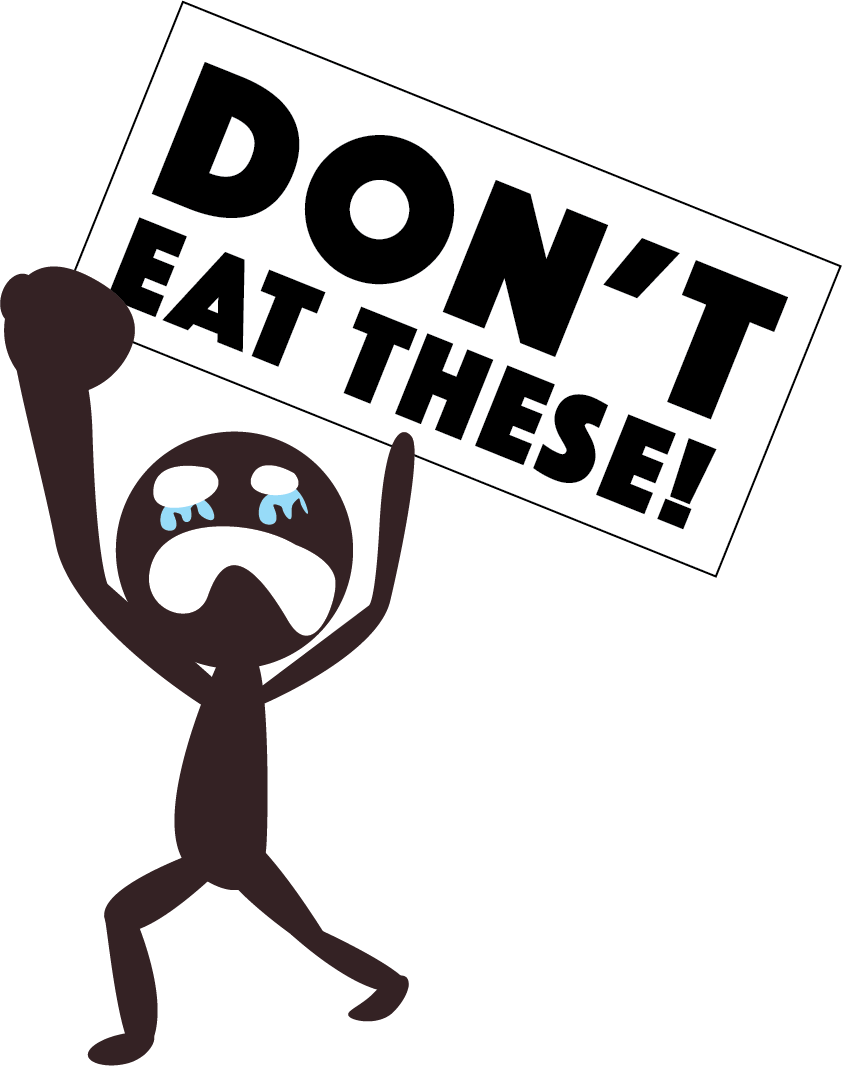
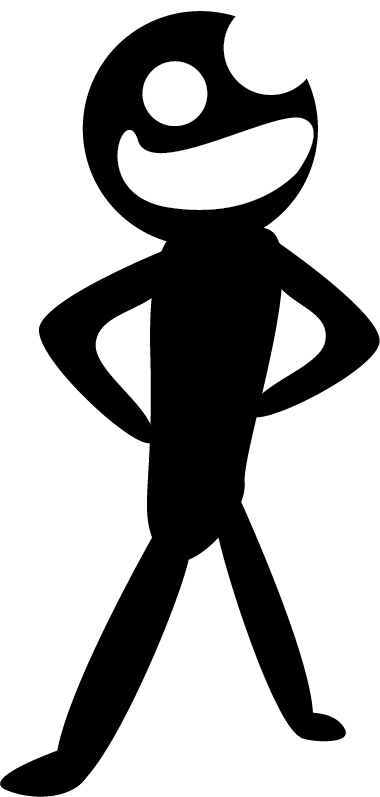


Well, we see that diets change over time as some foods become more popular and some more available!
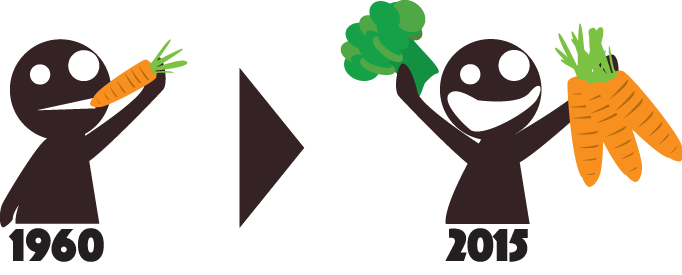
And in order to know what we should eat, we've learned that there's a difference between food items and food group.
So if you want to be healthy:
1. Eat the right food items!
2. Eat enough healthy items from each food group!
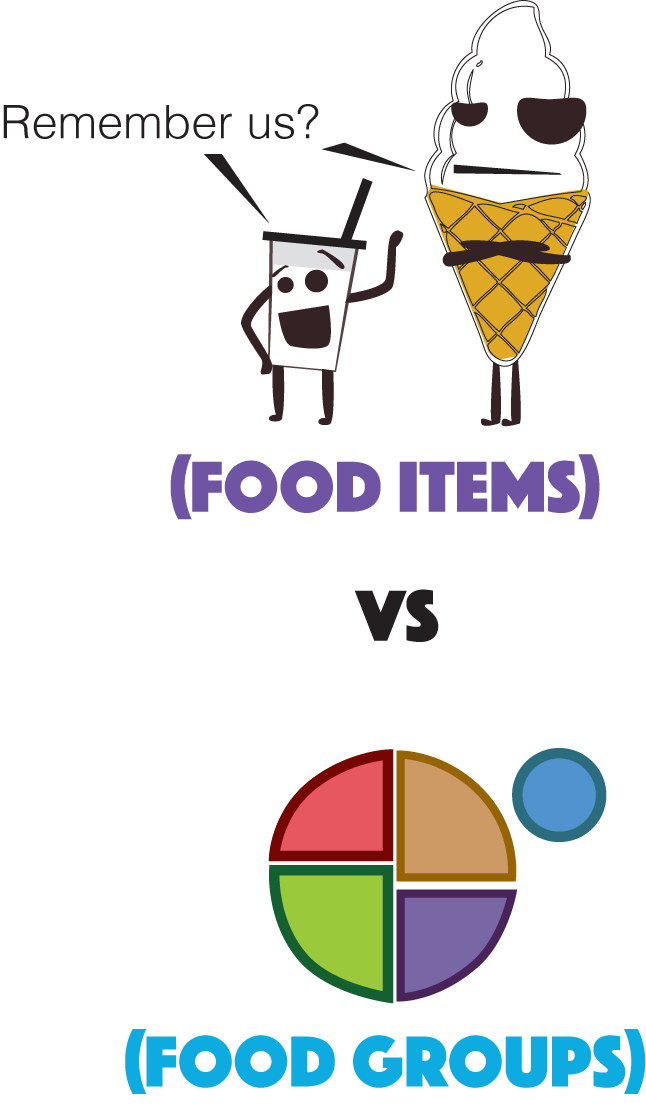
But again, just as diets change over time, so do our food pyramids as we learn and adapt to improving understandings of nutrition and visual design!

